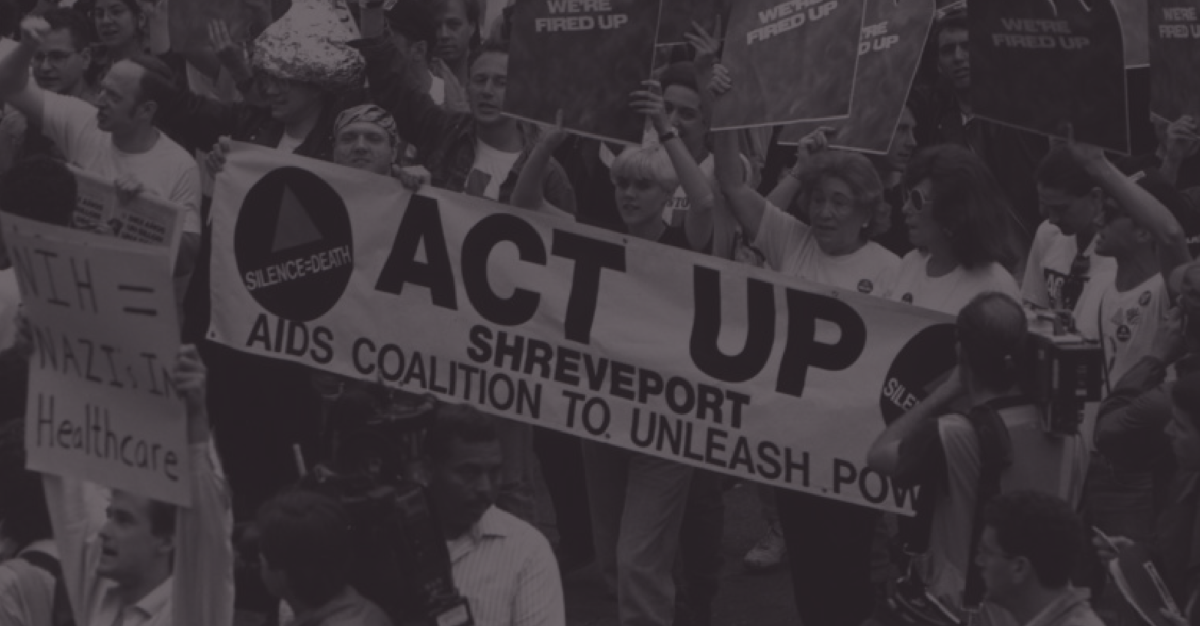“It just kept happening, over and over and over again. Patients of record, patients I’d known for years. Either they come in complaining about something or I see something. All of the classic oral manifestations of HIV disease, there they were.”
Dr. Lewis Lampiris is a retired dentist and educator. Over the course of his career, he:
- Served as a dentist in the U.S. Army
- Owned and operated a private practice
- Served as the president of the Association of State and Territorial Dental Directors
- Served as the director of the American Dental Association’s Council on Access, Prevention, and Interprofessional Relations
- Served as the chief of the Illinois Department of Public Health Division of Oral Health
- Retired as associate dean for community engagement and outreach at the UNC Adams School of Dentistry.
Lampiris is also a gay man, and he was early in his career practicing dentistry in downtown Chicago when the HIV epidemic hit. Here, in his own words, is Lampiris’ story about the years that followed:
“People like to go to providers who look like them or sound like them or understand who they are. So, I as a gay man ended up having quite a few LGBTQ patients in my practice, mostly other gay men.”


